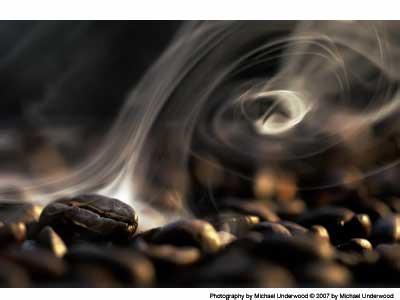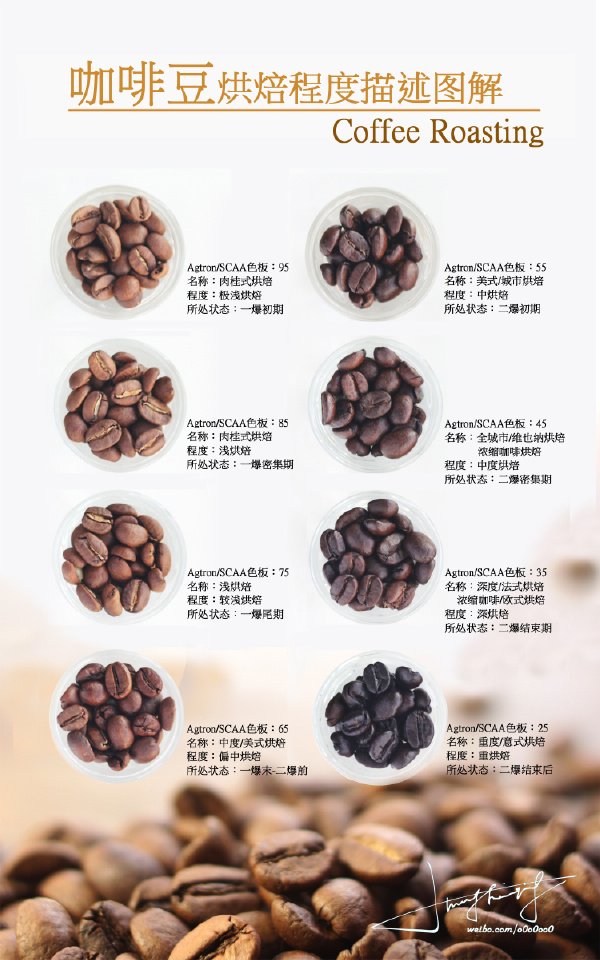Evaluation of high-quality coffee beans altitude determines the quality of coffee
As the birthplace of tea culture in China, the concept of "good tea comes from high mountains" is deeply rooted in the hearts of the people, so if it is mentioned that "high mountains make good coffee", there should be many people who agree with it. In fact, many low-altitude areas can also produce top-quality coffee. Under the premise of complete air temperature, rainfall, topography and soil, coffee trees especially like the microclimate characteristics of frequent fog and large temperature difference between day and night. If an area has these two microclimate characteristics although the altitude is not high enough, it may also become a producing area of high-quality coffee. It is precisely because of these in high altitude areas (high mountain areas) that the conclusion of "good coffee comes from high mountains" is verified.

There are many reasons for high altitude: first, it is generally foggy in high mountain areas, and sunlight is affected by fog beads, which enhances part of the visible light, thus enhancing the effect of photosynthesis; second, the forest in high mountain areas is lush, which plays a shading role. Coffee trees receive light for a short time and decrease in intensity and diffuse light, which is conducive to the accumulation of nutrients in coffee fruit. Third, the annual average temperature in alpine areas is low, the ripening period of coffee fruit is long, and the accumulation of nutrients is relatively sufficient. Just like one rice a year in Northeast China, it is naturally much better than three-or even four-season rice on Hainan Island. The fourth reason is that the annual average temperature in alpine areas is low, and coffee beans are hard and expansive. The hard texture makes brown beans more suitable for storage, more conducive to quality preservation, and easier to bake with good expansibility. Reason 5, in alpine areas, there is a large temperature difference between day and night, so that coffee trees have sufficient dormancy time and can transform and store nutrients-early to go to bed and get up early is good for the body! Reason 6, the content of amino acids and other aromatics in coffee will increase with the increase of altitude and the decrease of average temperature. Therefore, coffee beans produced in high mountain areas are usually rich in aroma and mellow in taste. ("Coffee Coffee" from this article)
Important Notice :
前街咖啡 FrontStreet Coffee has moved to new addredd:
FrontStreet Coffee Address: 315,Donghua East Road,GuangZhou
Tel:020 38364473
- Prev

The companion of coffee five commonly used coffee sugars
The same cup of black coffee with different sugars will have a very different flavor. Among them, white sugar, square sugar, white granulated sugar, rock sugar and yellow sugar are the most common types. Cotton white sugar: no impurities, pure taste, low sweetness, easy to dissolve. Square sugar: made from cotton white sugar, the dissolution efficiency is slightly lower than cotton white sugar, but the texture is strong, suitable for blending flavor. White granulated sugar: insoluble
- Next

General knowledge of boutique coffee basic knowledge of coffee roasting
There are many masters and teachers in the coffee world. There is a kind of master who is a very respected coffee bean roaster. To become a baker must take a very long time to accumulate. It is easy to ripen a bean, but to know how well each bean is cooked, and to ripen thousands of beans at the same time, and the degree of ripeness is about the same.
Related
- Beginners will see the "Coffee pull flower" guide!
- What is the difference between ice blog purified milk and ordinary milk coffee?
- Why is the Philippines the largest producer of crops in Liberia?
- For coffee extraction, should the fine powder be retained?
- How does extracted espresso fill pressed powder? How much strength does it take to press the powder?
- How to make jasmine cold extract coffee? Is the jasmine + latte good?
- Will this little toy really make the coffee taste better? How does Lily Drip affect coffee extraction?
- Will the action of slapping the filter cup also affect coffee extraction?
- What's the difference between powder-to-water ratio and powder-to-liquid ratio?
- What is the Ethiopian local species? What does it have to do with Heirloom native species?

